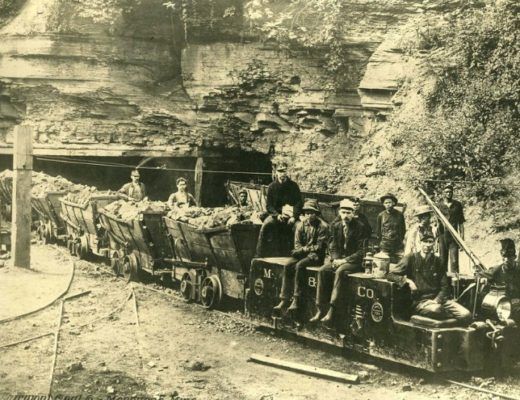By Dr. Laura McGuire
While I’ve previously written about learning God’s pronouns and my ongoing journey to finding what ministry means to me, I haven’t talked about my interfaith Abrahamic religious identity’s role in my queerness. I was raised as a Christian, and though I have joyously returned to my ancestorial Jewish roots, I still feel that it is part of my calling as an emerging faith leader to shed light on the toxic fallacies that hurt queer folks in the faith community I was raised in—a religious system that hunted down and forced my ancestors to convert to this way of thinking.
I know that, for many people, the winter holidays still seem like a time when, through familial or societal pressures, they are forced to interact with an image of God that invokes the feeling that their identities are unwelcome—namely that of the story of Jesus. So many queer people, particularly queer southerners, have deep-seated trauma around Christianity and coming to terms with their sexual orientations, gender identities, and expressions. I, like so many, grew up being told that the God of my church was disgusted by my romantic love for people of the same gender and that living a life pleasing to God meant conforming to strict gender norms and roles. I loved God, so I wanted to live up to all of these ideals whole heartedly. When I realized I couldn’t do that, I felt that God was rejecting me. For many, the Christmas season means pressure to attend religious services, which often invoke memories of religious trauma, expectations to conform to gender constraints, and erasure at family gatherings.
Through my faith journey, I came across a fascinating concept around Jesus’s inclusion of queer people during his time on earth. Originally, I had long been told that Jesus never mentioned or interacted with queer people, and that this indicated the topic didn’t matter to him—a fact with which I initially agreed. But then I heard that there was some debate that Jesus may have interacted with a gay couple and purposefully not been bothered by their same-sex relationship.
The story goes like this: in Matthew 8:5–13 and Luke 7:1–10, a Centurion soldier comes to Jesus and asks him to heal his “slave” (the most common translation). In the gospel of John (4:46–54), the story shifts: the person being healed changes from a “slave” to a “son.” Why the difference? Well, the Greek used in Matthew and Luke is pais, a term used at the time for both slaves and a partner in a gay male relationship. If the individual mentioned was clearly defined as a slave, the term used during this era would have been doulos, which appears in other contexts in the same gospel but not this story. Further, in John’s gospel, which was written last and used Matthew and Luke as its reference, the word huios is out of place, since Roman soldiers were prohibited from marrying or having children.
Jesus was a learned and culturally competent person and, as such, he would have been aware of the social mores and colloquialisms of the term. He was also not one to stop himself from pointing out if someone was living in a way that he felt they needed change. Yet, with all of this in mind, he says nothing about the couple’s relationship; instead, he praises the Centurion for his faith.
In addition to this story is the often forgotten (or hidden) history of the early church, which allowed for sex-same marriage. John Boswell, a former Yale professor, found extensive documentation of homosexual relationships sanctioned by the church, sometimes between two later-canonized saints, dating from the 10th–18th century.
It is in this complex and overlooked context people who identify as Christians can find a Jesus who not only doesn’t hate queer people, but who sees us and loves us just as we are. A God who saw past the social constructs of the time and whose early followers knew to do the same. This Christmas, I encourage you to look at your nativity and see the beauty of a baby nestled in the arms of a teenage girl who had been slut-shamed by her community and who would soon be fleeing her country as an undocumented refugee. This is the Christmas I cherish, one of love-made flesh and the dream of inclusion restored.







